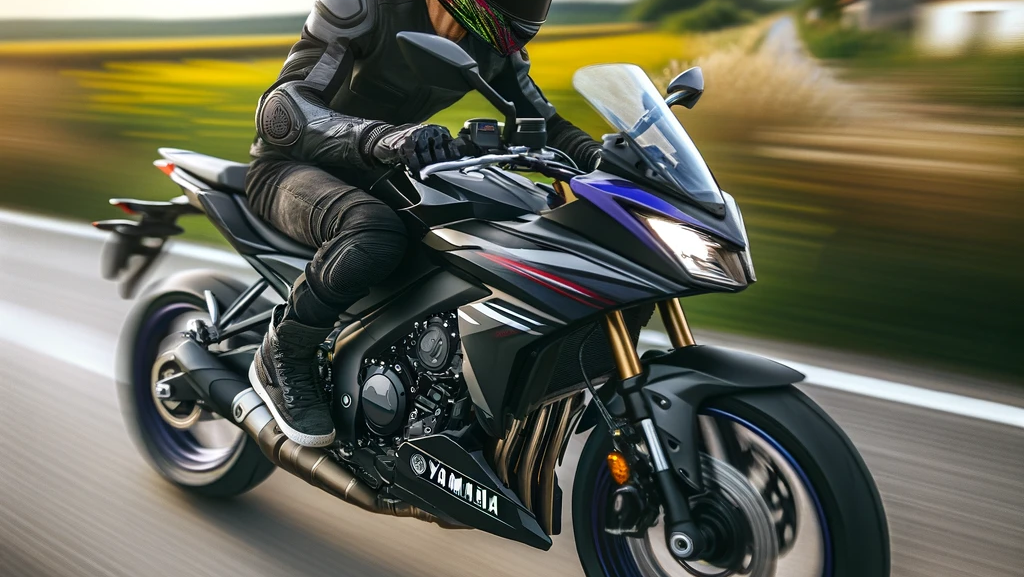When it comes to setting up your motorbike for optimal performance, it’s all about the details. Whether you’re prepping for a road test or just want to experience the best ride possible, understanding how to fine-tune your bike can make all the difference. In this guide, we’ll dive into Neevesy’s expert bike-hacks, covering everything from suspension adjustments to tire pressure, ensuring your motorbike is road test ready.
Introduction
Imagine hitting the open road with a motorbike that responds perfectly to your every move. Sounds dreamy, right? Well, it’s more achievable than you think! By taking a few pages from Neevesy’s playbook, you can transform your ride into a road test marvel. Ready to learn the ropes? Let’s get started!
1. Suspension Tweaks: Finding the Sweet Spot
Understanding Your Suspension
First things first, get to know your bike’s suspension system. Most modern bikes come with adjustable front and rear suspension, allowing you to tailor the ride to your preferences and riding conditions.
Setting Sag
The sag is crucial for ensuring your suspension is in the right range. Here’s how you can set it:
- Measure Free Sag: With the bike off the ground, measure from the axle to a fixed point directly above.
- Measure Rider Sag: Now, with you on the bike in full gear, measure the same points.
- Adjust: The difference should be around 25-30% of your bike’s total suspension travel.
Fine-Tuning Damping
Adjusting the damping settings (compression and rebound) allows for more precise control. Start with the manufacturer’s recommendations, then tweak according to your riding style and terrain.
2. Tire Pressure: The Goldilocks Zone
Having the right tire pressure is like finding the perfect porridge—just right! It affects grip, comfort, and tire wear.
Checking Pressure
Always check tire pressure when the tires are cold. Use a reliable gauge and refer to your owner’s manual for the ideal pressure settings. Generally, road bikes should be around 36 psi for the front and 42 psi for the rear, but this can vary.
Adjusting for Conditions
- Wet Weather: Lower the pressure slightly for better grip.
- Track Days: You might want slightly higher pressure for reduced tire flex and better handling.
3. Brake Adjustments: Stopping on a Dime
Your brakes are arguably the most critical component of your bike’s performance. Properly adjusted brakes can make all the difference between a smooth stop and a nail-biting experience.
Inspecting Brake Pads and Discs
Ensure your brake pads aren’t worn out and that your discs are in good condition. Look out for any grooves or scoring on the discs, which can affect braking performance.
Adjusting Brake Levers
Set your brake levers to a position where they are comfortable to reach and apply pressure. A good starting point is where you can pull the lever fully without it touching the handlebar grip.
4. Chain Maintenance: Smooth and Reliable
A well-maintained chain ensures power delivery is smooth and efficient. Here’s how to keep it in tip-top shape:
Cleaning
Regularly clean your chain with a dedicated chain cleaner and a brush. This removes grit and grime that can wear out your chain prematurely.
Lubrication
After cleaning, lubricate your chain with a suitable motorcycle chain lube. Apply sparingly and wipe off excess to prevent fling.
5. Ergonomics: Comfort is Key
Adjusting Handlebars and Footpegs
Your riding position greatly impacts comfort and control. Adjust the handlebars and footpegs to fit your body. This might take some trial and error, but it’s worth the effort.
Seat Position
Ensure your seat is at a height where you can comfortably reach the ground with your feet when stationary, but also allows for a comfortable riding posture.

